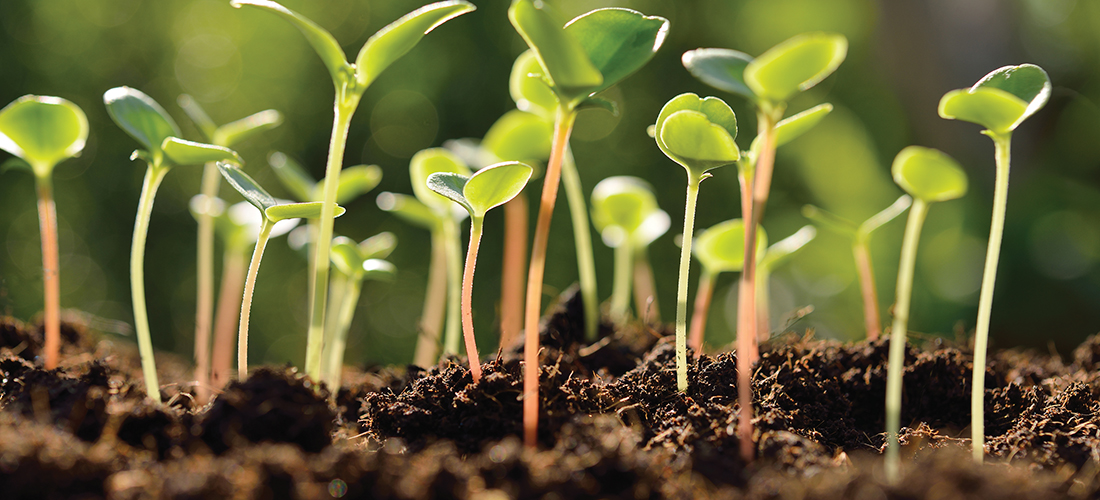
Beat the heat for fall freshness
By Jan Leitschuh
August invites beach breezes, gauzy cover-ups, bodies of water and icy little umbrella drinks. Not skeeters, weeds, arc-welding heat and dry, sandy soil. And yet, the time for fall planning and planting is right now.
Aargh! What price homegrown flavor?
The effortless itch of delirious spring planting has yielded to the August flogging to get a move on.
After yielding its April-through-July abundance, the garden now looks pitiful and straggly. The bugs have chewed up the eggplant leafs, the zucchini has long since been felled by the stem borers. The aged tomatoes look awful, offering up the tease of two or three remaining undersized tomatoes. The basil has gone to flower, and the okra got a bit long in the tooth and is now inedible. The greens all went to seed at the end of June.
You need a weed-eater to get in there.
Who would want to wade into that? And yet . . .
Fall is a great time for growing a garden around these parts. The severe heat eases off at night and then tapers off completely in mid-October. You can water a garden and it stays watered for longer than it takes an egg timer to run out. The intense bug pressure is past. And cooler nights invite a renewed zest for life, both plant and human.
We can have another go. But first we have to steel ourselves and get out there early one morning in August. Pull out the old, non-productive plants, fork over the weeds and amend the soil with some good compost (yes, we added compost in the spring, but organic matter burns up fast in our heat).
Right now, you still have time. Until mid-month, you can put in some of your summer favorites for another round. You’ll want sets, to get a running start, as opposed to seeds. You’ll make friends with the watering hose.
Through mid-August, put in some stringless green beans for a fall supper. We can set out some yellow summer squash and zucchini plants, and avoid the worst of the pest pressures that plague them (a friend of mine plants his in 4-inch PVC rounds sliced from a pipe and says it does a good job of discouraging borers, for a time). You can still plant cukes if you do it right now. And fall tomatoes are a real treat — it feels like cheating to eat a fresh, homegrown tomato in October.
If you prefer fall crops, go ahead and try planting a row of carrots in late August. The seed is very tiny, and it only takes one hot day to destroy the germinating sprouts. So the secret is water — soak them heavily in the morning and cover the row with shade (like a board), checking daily. Once the seeds manage to sprout, uncover and water twice a day that first week (barring rain), and then taper off to whenever the soil is dry.
Broccoli, cauliflower and cabbage plants will start showing up in garden centers, and not long after, collards. You can be eating well at Thanksgiving with a little action now. Put in a row or two.
From now to mid-September, you can direct-seed other fall crops, such as a variety of greens like arugula, lettuce mix, bok choy, yukina and, later in August, spinach and chard.
Lettuce, spinach and its relatives Swiss chard and beets, can be a little tricky to germinate in the heat. After all, they usually jump to life in the cold spring. To fool your seeds, sprinkle a measure of seed on a soggy paper towel and roll it up. Stick your seed roll in a bag or cup in the fridge for three days, then plant and water as usual. Your fridge tricks the seeds into germinating, just like spring. Surprise! It’s hot out! Keep the water coming until established.
Cool weather herbs like cilantro, parsley and dill can also be planted at this time.
If you want to wait until mid-September, you have a month to plant onions. It’s also the time to plant your garlic cloves tip-end up, for a nice March-April crop of green garlic and June-harvested mature heads.
Like a few flowers mixed in your vegetable plot? Mid-September is also the time to put in a row of larkspur or snapdragon for lovely spring blooms. If you sow rye or crimson clover as a winter cover crop for an organic green manure, the second half of September is prime time to do that. Their actively growing roots will help keep your soil life diverse and healthy.
Are you a fan of Sandhills strawberries, those delectable and tender red nuggets of spring’s first fruits? Prepare your soil and plant in October. Set the crowns even with the soil, not too deep. As with anything, water them well.
If you love fresh-eating, fall-feasting and homegrown picked-at-peak-ripeness produce, then you do what you gotta do in August. You tell the beach dreams to hang on, and you get out there and renew your garden, girding it for fall.
After a few mornings of healthy sweat, those little umbrella drinks taste all the sweeter. PS
Jan Leitschuh is a local gardener, avid eater of fresh produce and co-founder of the Sandhills Farm to Table Cooperative.





